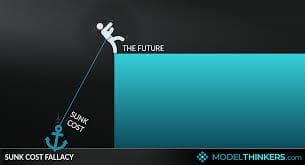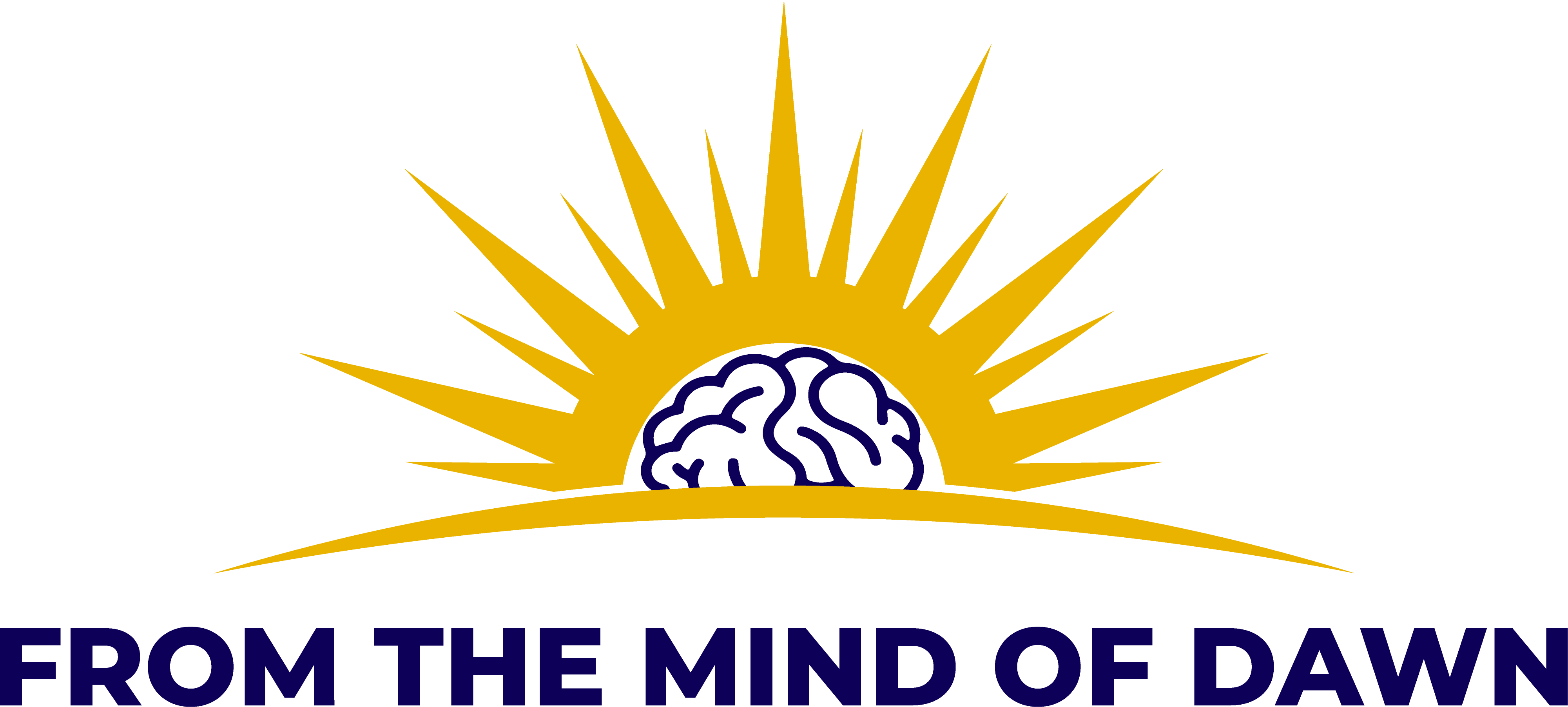You can't have your cake and eat it too.
Who Says Elephants Can’t Dance?: Leading a Great Enterprise Through Dramatic Change by Louis V. Gerstner, Jr.
(Chapters 8 - 19)
At my last job, I attended a one day “strategy offsite” for my sector. This sector was the result of having acquired three companies. Each company did something different. For simplicity sake, let’s say this was the breakdown:
- Company A - low level software development (tools closest to the hardware)
- Company B - hardware development
- Company C - high level software development (tools closest to the user)
Given that description, we can all imagine the conversations that the M&A guys had around the synergies that would be realized by bringing those three companies together! This offsite was supposed to be the start of the synergizing 🤪
We started the meeting by reviewing a chart that summarized our current state. One portion enumerated all of the offerings from each of the three companies. The list was long. There were over 25 different offerings.
Once we properly discussed and made sure everyone was aware of our starting point, we moved on to discuss where we wanted to go in the next 1-3 years.
Everything is sounding pretty straightforward so far. What came next surprised me.
When we got to the list of offerings, we were asked what we should ADD going forward.
I mustered the courage to question this line of thinking. We were facing hiring challenges and several of our contracts would be up for rebid during this 1-3 year horizon. It didn’t seem feasible or smart to consider adding to the list of offerings. To me, it seemed obvious that this was the time where we needed to take a fresh look at the new organization and determine where we wanted to focus and what offerings we needed to phase out.
Not a single person in the room agreed with me. Publicly, at least.
I was not involved in future discussions.
It’s been almost a full two years later and the organization is predictably struggling. They tried to do everything and failed at doing anything productive for the business.
And this is common. Strategy is hard.
IBM Turnaround - part 2
In the last post, I pointed out that having a clear strategy was key to the turnaround of Ford as well as IBM. Over the last two weeks, I’ve learned the details of the IBM strategy. I’ll enumerate the strategy below but I want to emphasize two points first:
- It is BOLD. If you think long enough about it, it seems obvious that it would take a bold strategy to have saved such a massively dysfunctional and failing company such as IBM. However, in my experience, even when companies try to do strategy, they often dismiss the lines of thinking that made IBM wildly successful. BOLD is also risky. To take risks requires courage. Leadership requires courage.
- Strategy is about making CHOICES. It’s not always flashy or exciting, but it is deliberate. It requires us to clearly articulate what we want to achieve and then CHOOSE how to get there. It’s the whole choosing part that makes strategy hard. In my anecdote above, that was the issue. No one wanted to make a choice.
After understanding the environment, Gerstner determined that IBM had a unique opportunity that leveraged their distinctive competence - the ability to integrate all the parts for their customers. Their strategy was all about integration at a time when the industry trend was to provide discrete components (software, hardware, middleware, etc.)
(excerpt from Who Says Elephants Can’t Dance)
The integration strategy was driven by a prediction that the customers would grow increasingly impatient with an industry structure that would require them to integrate piece parts from many different suppliers. It was further underlined by the emergence of a networked model of computing. (Recall that this is the early 1990s.)
When defining a strategy, it’s not enough to cast a vision and hope that those who work for you understand how to realize it. Saying that IBM would integrate all parts for its customers is a vision. Gerstner then told us how IBM would achieve that. It came down to three strategic goals.
- Create a services unit. This unit “would literally take over and act on behalf of the customers in all aspects of the information technology - from building systems to defining architectures to actually managing the computers and running them for the customers.”
- Develop “cross platform” middleware. IBM already sold more software than any other company. It had just never seen itself as a software company and all of its software was designed to run exclusively on IBM hardware. Gerstner launched a massive, multi-year effort to rewrite all of the critical software to be network-enabled AND work on other platforms such as Sun, HP and Microsoft (all competitors!)
- Enter the Original Equipment Manufacturer (OEM) business and sell custom-designed microelectronics.
(excerpt from Who Says Elephants Can’t Dance)
Ok so if I were reading this, I’d be like ok but so what? Mostly because I didn’t capture any of the super cool parts (because I’m not trying to rewrite the book ha ha.)
Before the big reveal, remember how I said strategy is about making choices? The hardest choice for a company to make is to STOP doing something that it has always done - ESPECIALLY if that has made them wildly successful in the past.

You may have heard of the IBM Mainframe. In the 1970s and 1980s, the IBM Mainframe was to the world what the iPhone is today. It was a single product that dominated the marketplace and was so disruptive that it enabled its owner to also define and dominate an entire new ecosystem. IBM owned the hardware, software, sales and services all dedicated and tied to the Mainframe. Cha-ching!
(excerpt from Who Says Elephants Can’t Dance)
The new strategy made the choice to move away from the mainframe.
That’s it - that’s the big reveal ha ha. But it was a huge deal and a lesson for us all!
Takeaway
I think there is a lot to learn about strategy in this book. Gerstner dedicates many chapters to describing his thought process and the decisions to be made. I think it is worth capturing some of it in more detail so I plan to send a second article out this week to subscribers only.
However, that’s not the biggest takeaway for me. For me, it has been really impactful the way these leaders (Gerstner and Mulally) spend the time to really understand the environment but then muster the courage to take an approach that is not aligned with the popular opinion. I can’t imagine how hard it must have been but I think having these as examples of success are necessary for those of us who may attempt such impactful change in the future.
That’s my takeaway from the reading. My overall takeaway from this journey we’ve been on all year can be summarized by this quote from another favorite book.
(excerpt from The Edge: How 10 CEOs Learned to Lead - and the Lessons for Us All by Michael Useem)
Thanks for reading!
